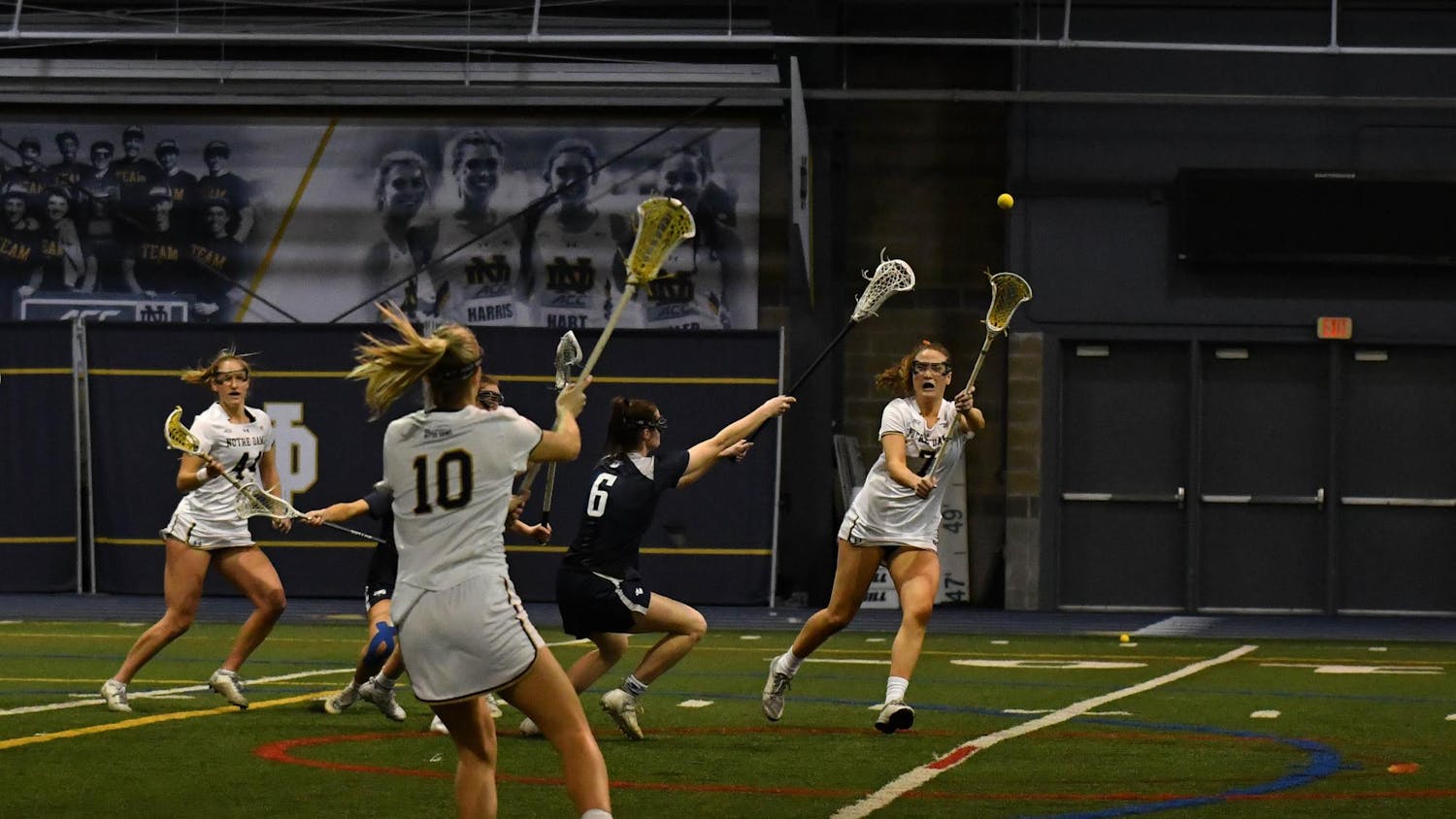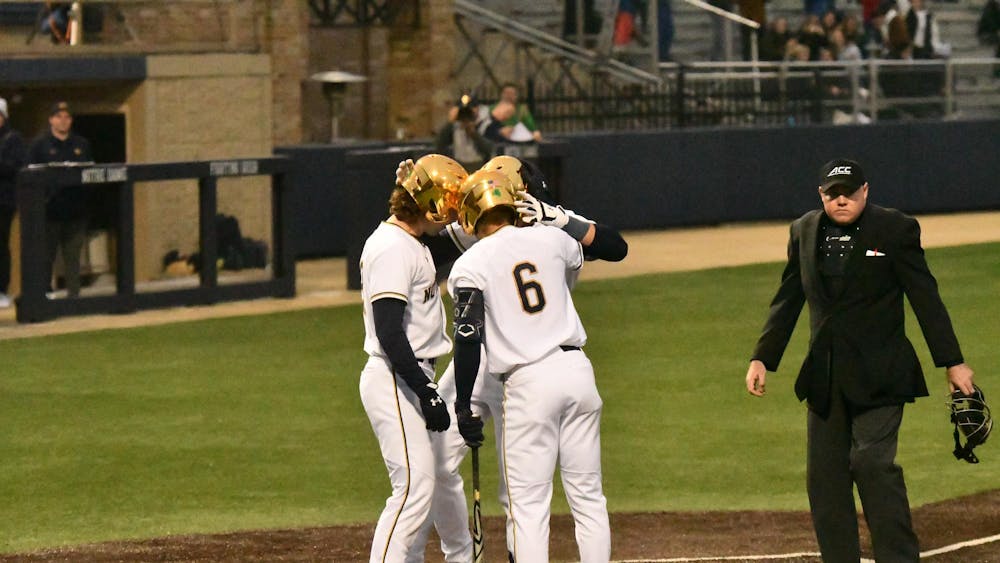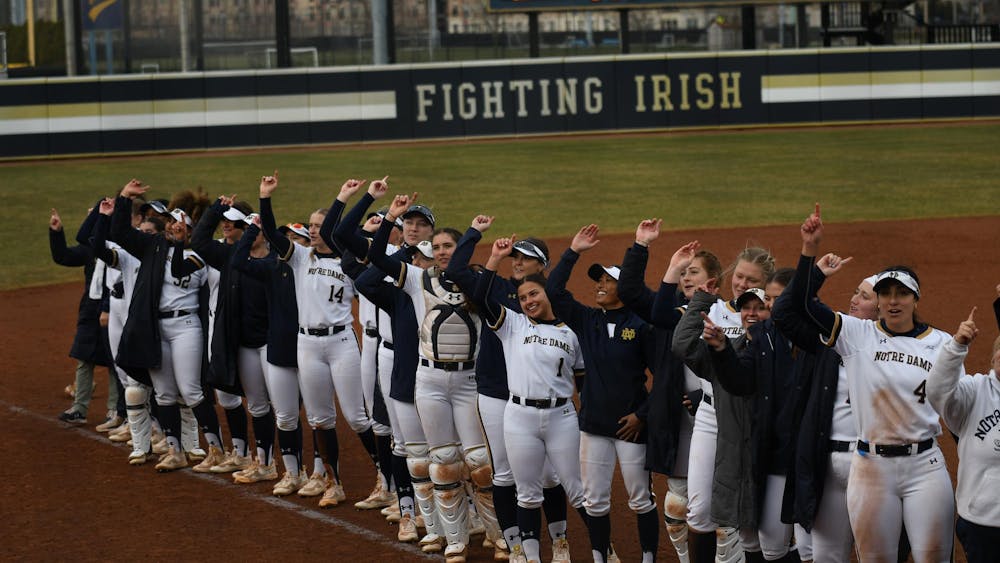Bears linebacker Danny Trevathan did not have a history of dirty hits before he came to Lambeau Field on Thursday.
Danny Trevathan showed remorse for the gruesome hit he laid out on Green Bay Packers wide receiver Davante Adams after the game.
Packers quarterback Aaron Rodgers said Danny Trevathan didn’t mean to injure Adams with the hit.
That was the hit where Trevathan comes streaking across the field towards Adams, who had already been stopped by a pack of Bears defenders. Trevathan flies at Adams, crown of the helmet first. Straight into Adams’ helmet.
Adams falls motionless.
Except his mouthguard, which is sent flying.
Adams was stretchered out of the game and immediately put in an ambulance to a nearby hospital, where he was tested for head and neck injuries.
And it probably didn’t happen because of malice.
“I was just trying to make a play,” Trevathan said. “It wasn’t intentional. I was just trying to hustle to the ball and do my job. Unfortunately, he wound up hurt. I could have been a little better, but you have to understand I was [gathering] momentum and I was trying to make a play.
“Nothing intentional. It happens in this game.”
It happened because Trevathan thought a tackle that should have obviously looked dangerous was part of his job. Because in the NFL today, appearing to lack that hustle is still worse than appearing to be a danger to yourself and other players on the field. Too many dangerous players like Pittsburgh’s James Harrison are glorified, while most teams continue to teach missile-like tackling form instead of wrapping up the ball-carrier safely (despite the fact the latter tends to be more the effective defensive technique).
Considering the lack of consequences so far for the latter, are players, fans or coaches to blame?
This offseason, the NFL introduced new rules that permit ejections and suspensions for especially dangerous hits, even for first-time offenders like Trevathan. Trevathan wasn’t ejected, but as the NCAA’s “targeting” rule has proven, it can sometimes be difficult to distinguish between an illegal hit and a catastrophic one in real time. The real test was what punishment the NFL would dole out with time to examine the hit and its consequences.
The league failed.
Trevathan’s hit earned him just a two game suspension, subject to appeal. It may well be brought down to one. They could have laid down a much more serious suspension, something that would make all other defensive players think about the way they approach “hustle” compared to safety. Something that makes them understand that appearing the look physical isn’t worth the risk. Something more befitting of the life-threatening consequences dangerous play can have. Not two games.
It’s the NFL as an organization that needs to step up and punish players who unleash dangerous hits in a way that can form an actual deterrent for future players to consider the same. Simply not wanting to injure a player isn’t enough — players need to go into tackles knowing that the absolute worst-case scenario for them would be a hit like Trevathan’s. The possibility of injuries will never go away, but blows like this, with the crown of the helmet into the head, need to be made into a near-impossibility. They need to understand during every tackling drill that a dangerous hit doesn’t just mean a fine that’s barely a dent in their paycheck. It doesn’t just mean a 15-yard penalty. It means a serious suspension. Only then will all teams focus only on the safest forms of tackling and reward players who can be both safe and effective.
Despite all of the evidence of the long-derm dangers of football, the NFL has done little to show it cares in any way. The league’s wilful ignorance of the crisis the sport of football has produced in regards to chronic traumatic encephalopathy (CTE), a brain disease associated with frequent concussions, has cost lives and will likely cost many more.
This summer, neuropathologists examined the donated brains of 111 NFL players. 110 were found to have CTE. A month earlier, Pro Hall of Famer Warren Sapp opted to donate his brain to CTE research, claiming he was feeling memory loss, a common effect of the disease. And last week, former New England Patriots tight end Aaron Hernandez was found to have had severe CTE when he committed suicide in prison at the age of 27, after being found guilty of murder. He joined a long list of football players who have taken their own lives, a trend long suspected to be linked to CTE.
“It happens in this game.”
Maybe it shouldn’t.













